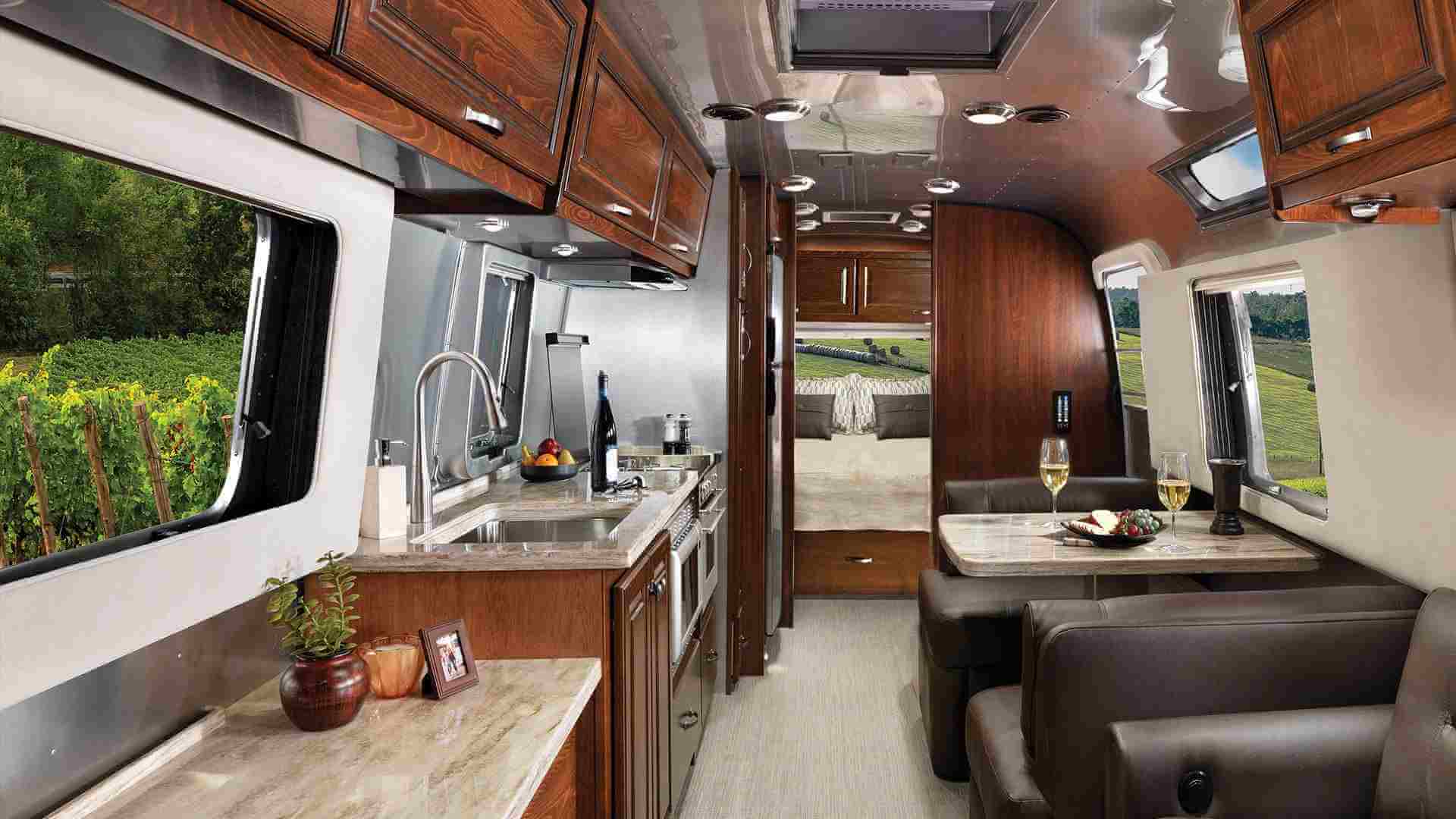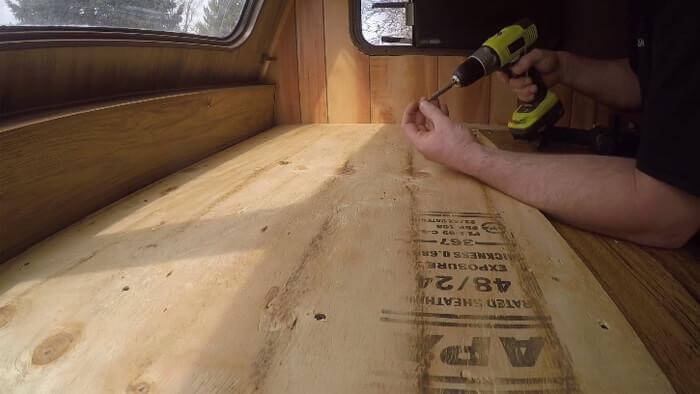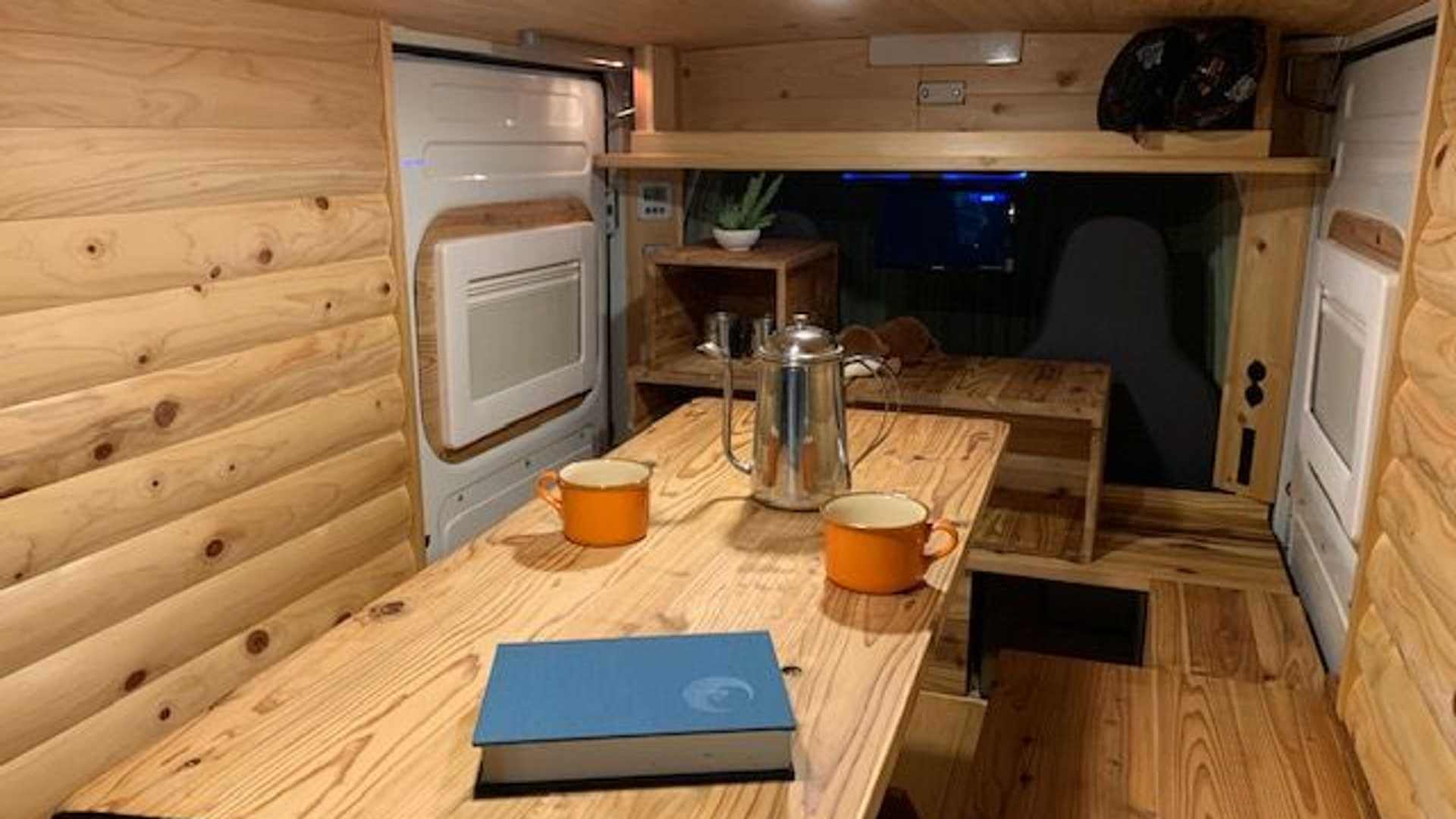
Most individuals have a very decent notion of what kind of material their interior walls in traditional houses are constructed. But what about recreational vehicles or RVs? What materials are utilized in the construction of recreational vehicle (RV) interior walls, and how does this factor into the vehicle’s overall structure and level of durability? Let’s take a more in-depth look.
RVs can be crafted from various materials determined by the vehicle’s purpose, weight, and price point. For instance, high-end recreational vehicles (RVs) designed for extended road trips or year-round living typically have more enormous walls that give increased insulation against a broader range of temperatures. Some recreational vehicles (RVs) even have studs installed in their divisions, precisely like a conventional home.
Fiberglass is used to construct most recreational vehicle (RV) interior walls. Because it is not only lightweight but also very sturdy, this material is an excellent option for use in recreational vehicles (RVs). Another advantage is that fiberglass wall panels are simple to clean and maintain. This is a significant time saver. In addition, some recreational vehicles incorporate aluminum framing, which gives the construction an even greater degree of strength and rigidity.
How Thick Are the Walls in an RV?

The thickness of the walls inside an RV is a topic that comes up very frequently in customers’ questions. The answer to that question will naturally vary depending on the kind of RV being discussed.
Still, the walls of most recreational vehicles measure between 0.5 and 1 inches in thickness. Some high-end models can have walls as much as 2 inches thick. The sort of RV you have will determine the wall thickness of your recreational vehicle.
For instance, the walls of travel trailers and fifth wheels commonly measure between 4 and 6 inches in thickness. On the other hand, the typical wall thickness of a motorhome ranges from six to eight inches. Towing capacity and fuel efficiency are other factors that will be affected by the wall thickness of your vehicle.
Are There Studs in RV Walls?
Another common question is whether there are studs in RV walls. Again, the answer is yes; there are studs in RV walls! Most RVs have two rows of studs running vertically along the length of each wall panel. This helps to add even more strength and stability to the overall structure of the vehicle. In addition, most RVs have studs in the walls, which support screws and other fasteners. The studs in an RV wall are typically made of wood or metal and are spaced 16 inches apart.
So, what does all this mean for you as an RV owner? One thing to remember is that you should be careful when screwing into RV walls. It’s always best to avoid hitting a stud, as that could damage your RV’s structural integrity. Besides that, enjoy your travels, and don’t worry too much about your RV’s interior walls!
What Are RV Walls Framed With?
Most recreational vehicles (RVs) contain horizontal framework members along the top and bottom of the walls, in addition to vertical studs. These horizontal elements contribute to the rigidity of the wall construction, generally fabricated from aluminum or steel. In addition, attachment points for molding, trim, and hardware are provided by them.
Wood Paneling
Wood paneling is one of the most popular materials for RV interior walls. This gives the RV a warm and cozy feel and is relatively easy to install. In addition, wood paneling comes in various thicknesses so you can choose something as thin as 1/8″ or as thick as 3/4″.
One downside of wood paneling is that it can be susceptible to water damage. So if your RV is going to spend a lot of time in humid climates, or if you think there’s a chance that it might get wet (for example, if you plan on doing a lot of boondocking), then you might want to consider another material.
Aluminum Sheet
Aluminum sheeting is often used as buses or RVs converted from buses into commercial RVs. It’s durable and low-maintenance, and it’s not susceptible to water damage like wood paneling is. However, aluminum sheeting can be noisy and doesn’t have the same “homey” feel as wood paneling.
FRP Board
Fiberglass-reinforced plastic is what the acronym FRP stands for. This material is comparable to aluminum sheeting in that it is long lasting and requires little to no maintenance. In addition to being more lightweight, it also produces significantly less noise. Because it has a finish superior to aluminum sheeting, FRP board is frequently used in high-end recreational vehicles (RVs). But, on the other hand, the cost is significantly higher.
Can You Screw into RV Walls?

You can screw it into the RV walls! Just make sure you use the right screw for your RV’s material. For instance, if the siding of your recreational vehicle is made of aluminum, you should use screws explicitly made for aluminum. That way, you won’t have to worry about any issues arising further down the line. Most RV wall surfaces are compatible with screws meant for wooden and metal surfaces.
Conclusion
As can be seen, there is much more to RV interior walls than first appears to be the case. A wide selection of materials may be used to frame the interior walls of an RV, and each of these materials has its own set of benefits and drawbacks.
When it comes to strength and durability, wood is hard to beat, but if it gets damp, it can rot. The composite material is robust and does not rust, but it is more expensive than the other two possibilities.
Aluminum is inexpensive, but it is not as durable as wood. In the end, the appropriate materials for your recreational vehicle will be determined by your budget and how you intend to utilize them.

